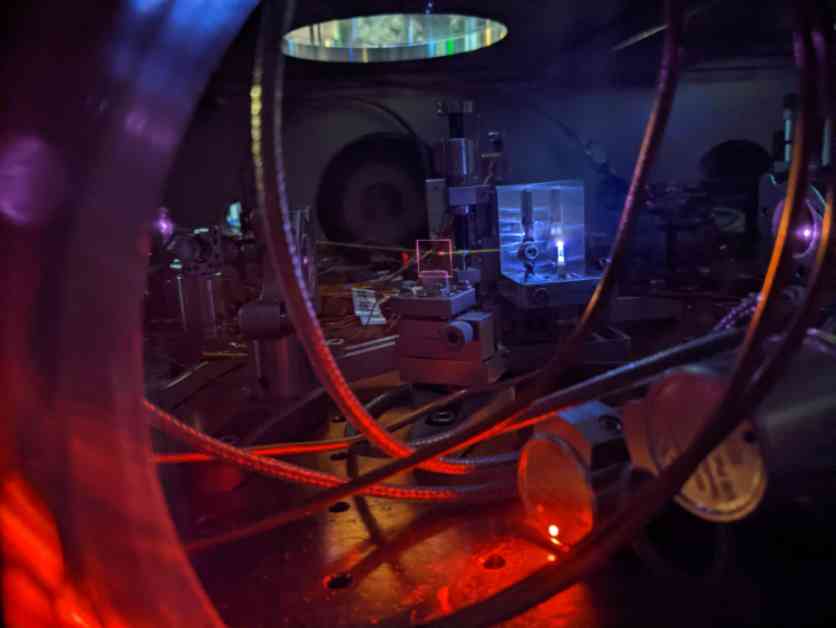Scientists at JILA, a research institute under the National Institute of Standards and Technology (NIST) and CU Boulder, are making significant advancements in the development of nuclear clocks. These nuclear clocks have the potential to completely transform how time is measured and provide valuable insights into fundamental physics.
Unlike traditional atomic clocks, which are widely used for timekeeping purposes, nuclear clocks operate by utilizing signals from the core, or nucleus, of an atom. In a recent experiment, researchers used a powerful ultraviolet laser to measure the frequency of an energy jump in thorium nuclei within a solid crystal. Additionally, they employed an optical frequency comb to accurately count the number of ultraviolet wave cycles involved in creating this energy jump.
Although the current demonstration is not yet a fully functional nuclear clock, it represents a significant step forward in the development of this revolutionary timekeeping device. Nuclear clocks have the potential to be far more precise than atomic clocks, which are crucial for technologies like GPS, internet synchronization, and financial transactions.
The implications of nuclear clocks extend beyond just accurate timekeeping. For the general public, the development of nuclear clocks could lead to even more precise navigation systems, faster internet speeds, more reliable network connections, and enhanced digital security. Imagine a wristwatch that could maintain perfect timekeeping for billions of years without losing a second – while we are not quite there yet, the progress made in this research brings us closer to achieving such levels of precision.
Overall, the advancements in nuclear clock technology showcased by the team at JILA represent a significant leap forward in the field of quantum timekeeping. As researchers continue to refine and develop this technology, we can look forward to a future where time is measured with unprecedented accuracy, leading to numerous benefits across various sectors of society.
